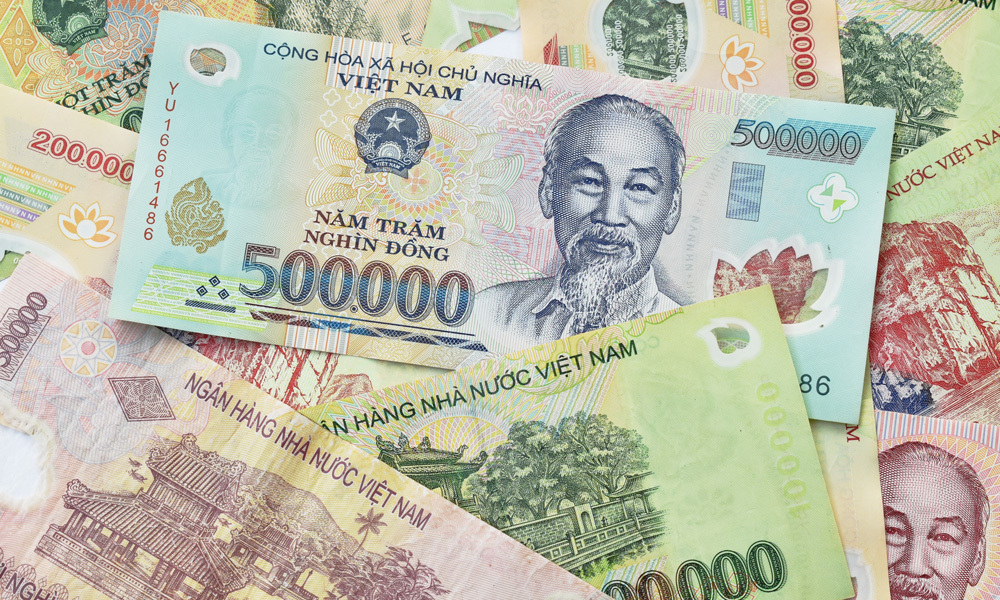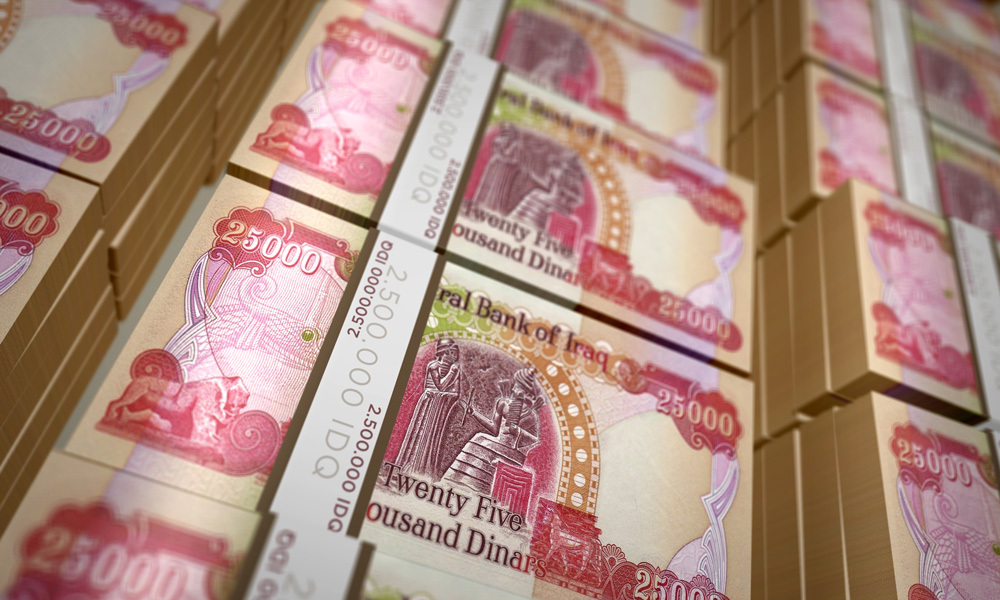Rare 1943 Penny Brings 200K at Auction
In 1943, the US Mint began producing one-cent coins made of zinc-plated steel in order to conserve copper, a strategic mineral. Hundreds of millions of “steel cents” were minted that year, but due to oversights at each of the three mints, a few coin blanks from the previous year’s production slipped through, creating one of the rarest and most sought-after coin errors in numismatic history.
On January 10, one of only six known examples of copper/bronze cents from the San Francisco Mint sold for $204,000 at the Florida United Numismatists auction in Orlando.
The Penny Goes to War
After the Pearl Harbor attack the United States began converting its manufacturing base to wartime production. Among the steps taken was conservation of essential minerals including copper, used in electronics and as the major component of brass, the metal from which rifle cartridges and cannon shells are made. To conserve copper, the US Mint switched the composition of the one-cent coin to steel with a thin coating of zinc, supposedly to retard tarnishing, although as the zinc oxidized, it began to wear off, leaving a dull grey finish to the coins.
With the war turning in favor of the Allies and massive inventories of ammunition on hand, the Mint returned to producing one-cent coins from copper alloys (brass and bronze) in 1944. This led to another rare Lincoln cent. Just as with the copper planchets in 1943, some steel blanks slipped into production in 1944. While not quite as valuable as the 1943 brass cents, these error coins are also highly sought by collectors.
Missteps at the Mints
All the copper cent blanks were supposedly withdrawn from production with the conversion to steel in 1943, but a few evidently got stuck in the tote bins when they were emptied. As they were refilled with the steel blanks, those copper planchets came loose and were fed into the coin presses. Buried among thousands of steel cents, their presence went undetected and the coins went into circulation. The exception seems to be the sole 1943 copper/bronze coin with a Denver mintmark. Speculation is that that coin was deliberately struck by a mint worker as an unauthorized novelty well after the steel coins went into production.
Mistakes Discovered
The first bronze 1943 cent (the one just auctioned) was discovered by 14-year-old collector Kenneth Wing, Jr. in change in 1944. When it was revealed, Mint officials denied that such coins existed. But within a few months several other bronze cents with a 1943 date turned up and were authenticated by private sources. Nonetheless, the Mint continued to deny their existence until the 1960s when they finally admitted that some bronze coins did slip through.
Since then, it’s estimated that 15-20 examples of the 1943 bronze cent from the Philadelphia mint survive along with six confirmed from San Francisco. The rarest 1943 bronze cent is the one coin known to exist from the Denver Mint. It sold at auction for $1.7 million in 2010.
A Bargain at 200K
Graded AU53 (About Uncirculated) by the Numismatic Guaranty Corporation (NGC), the Wing coin is the second-lowest graded of the six known San Francisco coins. Other higher-graded examples have sold for as much as $1 million.
A bronze 1943 cent graded VF35 (Very Fine) by the Professional Coin Grading Service (PCGS) sold for $207,000 in 2010 but resold in 2013 for $141,000. The only known Mint State San Francisco coin (MS62) is estimated by PCGS to be worth $1 million if it comes up for sale.


